Home>diy>Building & Construction>What Are Submittals In Construction
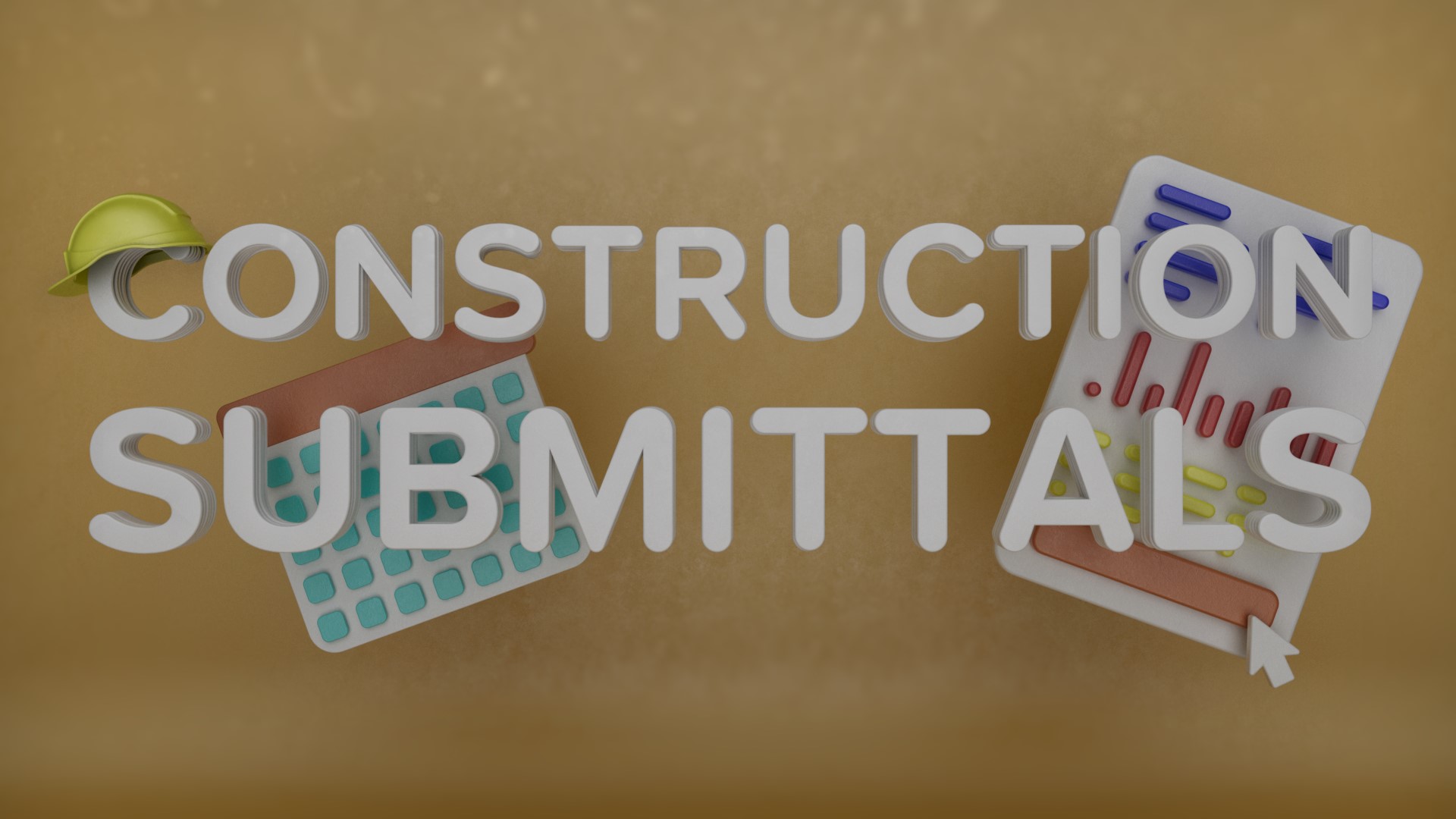

Building & Construction
What Are Submittals In Construction
Modified: December 7, 2023
Learn what submittals in construction are, their importance, and how they impact the building construction process. Gain insights into the role of submittals in ensuring project quality and compliance.
(Many of the links in this article redirect to a specific reviewed product. Your purchase of these products through affiliate links helps to generate commission for Storables.com, at no extra cost. Learn more)
Introduction
Welcome to the world of construction, where every project is a masterpiece in the making. From towering skyscrapers to intricate bridges, the construction industry is responsible for creating the physical infrastructure that shapes our cities and improves our lives.
However, behind the scenes of these magnificent structures lies a complex web of planning, coordination, and documentation. One crucial aspect of construction project management is the management of submittals.
Submittals, also known as construction submittals, are a vital component in the construction process. They play a crucial role in ensuring that the project is executed according to the specified requirements, building codes, and industry standards.
In this article, we will delve into the world of submittals in construction, exploring their definition, purpose, importance, process, and best practices for effective management.
So, grab your hard hat and join us on this construction journey as we uncover the world of submittals and its significance in the construction industry.
Key Takeaways:
- Submittals in construction are crucial for ensuring compliance, quality, and coordination among project stakeholders. Effective management and thorough review of submittals contribute to successful project outcomes.
- Implementing best practices such as early planning, clear communication, and efficient workflows can mitigate challenges and risks associated with submittals. This ensures streamlined processes and enhances overall project quality and success.
Read more: What Is A Construction Submittal
Definition of Submittals in Construction
In the realm of construction projects, submittals refer to the process of submitting and reviewing documents, samples, drawings, and other project-related information by contractors, subcontractors, suppliers, and manufacturers. Submittals are typically required for approval before the actual construction work can proceed.
These submissions provide detailed information about the materials, equipment, products, and systems that will be used in the construction project. They serve as a means of communication between various stakeholders, including project owners, architects, engineers, contractors, and regulatory authorities.
Submittals can include a wide variety of documents, such as product data, shop drawings, calculations, test reports, samples, and product certifications. Each submittal needs to be carefully reviewed by the project team to ensure compliance with project specifications, building codes, design requirements, and quality standards.
The submittal process is iterative, meaning that it involves several rounds of review, revision, and approval. The success of a construction project heavily relies on the efficient management and timely approval of submittals.
Now that we understand the definition of submittals in construction, let’s explore the purpose they serve in the construction process.
Purpose of Submittals
The primary purpose of submittals in construction is to ensure that the materials, equipment, and systems specified for a project meet the required standards, codes, and specifications. They serve as a crucial quality control measure, protecting the integrity and safety of the constructed facility.
Here are some key purposes of submittals:
- Verification of Compliance: Submittals provide an opportunity for the project team, including architects, engineers, and owners, to review and verify that the proposed materials and products comply with project requirements, building codes, and industry standards. This ensures that the project will be constructed in accordance with the approved design and specifications.
- Coordination and Integration: Submittals facilitate coordination between different project stakeholders. They allow architects, engineers, contractors, and suppliers to collaborate and ensure seamless integration of various components and systems within the project. By reviewing product data and shop drawings, potential conflicts and coordination issues can be identified and resolved early in the project lifecycle.
- Evaluation of Performance: Submittals enable the evaluation of the performance characteristics of products and systems proposed for the project. Through technical data, test reports, and certifications, project teams can assess the durability, functionality, efficiency, and suitability of the specified materials and equipment. This helps in making informed decisions regarding their selection and use in the construction project.
- Contractual Compliance: Submittals play a crucial role in contractual compliance. They serve as a means of documenting and substantiating that the contractor or supplier has fulfilled their contractual obligations in terms of providing the specified materials, products, and equipment. Approval of submittals is often a requirement for the release of payments and to ensure that contractual deliverables are met.
- Regulatory Compliance: Submittals assist in demonstrating compliance with applicable regulatory requirements. They provide the necessary documentation to show that the materials and products used in the construction project adhere to local, regional, and national building codes, environmental regulations, and safety standards.
By fulfilling these purposes, submittals contribute to the overall success of a construction project by ensuring that the highest standards of quality, safety, and compliance are met. Now that we have explored the purpose of submittals, let’s discuss their importance in construction projects.
Importance of Submittals in Construction Projects
Submittals play a pivotal role in the successful execution of construction projects. They serve as a vital communication tool between project stakeholders and ensure that the project is carried out in accordance with the specified requirements. Here are the key reasons why submittals are important in construction projects:
- Quality Assurance: Submittals enable thorough review and evaluation of materials, equipment, and systems before their installation on the project site. This ensures that only high-quality and compliant products are used, enhancing the overall quality and durability of the constructed facility.
- Compliance with Regulations: Construction projects are subject to numerous regulations and building codes. Submittals help to demonstrate compliance with these regulations, ensuring that the project meets the necessary health, safety, and environmental requirements.
- Coordination and Integration: Submittals facilitate coordination and collaboration among various project stakeholders, including architects, engineers, contractors, and suppliers. By reviewing submittals, potential clashes or conflicts can be identified early, allowing for adjustments and resolving coordination issues before construction commences.
- Documentation and Accountability: Submittals provide a comprehensive record of the products, materials, and systems used in the construction project. This documentation serves as evidence of compliance, supports warranty claims, and provides a reference for future maintenance and repairs.
- Risk Mitigation: Through the submittal process, potential risks and issues can be identified and addressed before construction. If there are any discrepancies or non-compliance with the project requirements, they can be rectified in a controlled manner, minimizing the risk of costly rework or delays during construction.
- Budget and Schedule Control: Timely review and approval of submittals help to maintain project timelines and budgets. By ensuring that the required materials and equipment are available when needed, submittals facilitate a smoother construction process and mitigate the risk of delays or cost overruns.
In summary, submittals are of paramount importance in the construction industry. They ensure that projects are built to the required standards, comply with regulations, and meet the expectations of all stakeholders involved. The efficient management and proper review of submittals contribute to the overall success and smooth execution of construction projects.
Now that we have explored the importance of submittals in construction projects, let’s proceed to understand the submittal process in more detail.
Submittal Process in Construction
The submittal process in construction involves the submission, review, and approval of various documents, samples, and drawings related to the project. It is a crucial step in ensuring that the materials, equipment, and systems used in the construction project meet the specified requirements. Here are the key steps involved in the submittal process:
- Identification of Submittal Requirements: The first step in the submittal process is to identify the specific submittal requirements for the project. This includes determining the types of documents and materials that need to be submitted for review and approval.
- Preparation of Submittal Packages: Once the requirements are identified, contractors, subcontractors, suppliers, and manufacturers prepare the necessary submittal packages. These packages typically include documents such as product data, shop drawings, calculations, samples, and certifications.
- Submission of Submittal Packages: The submittal packages are then submitted to the project team for review. The submitters ensure that all required documents and samples are included and that the submittals are properly labelled and organized.
- Review and Evaluation: The project team, including architects, engineers, and other relevant stakeholders, reviews the submittal packages to assess compliance with project requirements, codes, and standards. They evaluate the technical details, performance characteristics, and suitability of the proposed materials and equipment.
- Request for Information (RFI): During the review process, if there are any questions or clarifications needed, the project team may issue a Request for Information (RFI) to the submitter. The RFI seeks additional details or explanations regarding the submittals.
- Revision and Resubmission: If the review reveals any discrepancies, deficiencies, or non-compliance, the submitter is notified, and they are required to make the necessary revisions and resubmit the submittal package for further review.
- Approval and Documentation: Once the submittal packages are reviewed and meet all the necessary requirements, they are approved by the project team. The approvals are documented, and the submittals are stored for future reference.
- Submittal Tracking: Throughout the submittal process, it is important to maintain a submittal log or tracking system. This helps to track the progress of each submittal, record comments and revisions, and ensure that all submittals are reviewed and approved in a timely manner.
The submittal process is iterative, with multiple rounds of review and revision as necessary. It requires effective communication, collaboration, and coordination among project stakeholders to ensure that all submittals are properly reviewed and approved before construction. A well-managed submittal process is crucial for the successful execution of construction projects.
Now that we have explored the submittal process, let’s move on to understanding the various types of submittals in construction.
Read more: What Is Pre-Construction In Construction
Types of Submittals
In construction projects, there are various types of submittals that are required for review and approval. These submittals provide detailed information about the materials, equipment, and systems that will be used in the construction project. Here are some common types of submittals:
- Product Data Submittals: Product data submittals provide detailed information about the characteristics, performance, and specifications of the materials or products proposed for the project. This includes technical data, catalogues, material samples, and product certifications.
- Shop Drawings: Shop drawings are detailed, scaled drawings that illustrate how specific components or systems will be constructed or installed. They provide a visual representation of the proposed work, including dimensions, materials, and connections. Shop drawings are typically prepared by subcontractors or suppliers and are reviewed to ensure compliance with design requirements and coordination with other trades.
- Calculations: Calculations submittals involve providing detailed engineering calculations related to structural integrity, load-bearing capacity, energy efficiency, or other technical aspects of the project. These calculations are reviewed to ensure accuracy, compliance with applicable codes and standards, and suitability for the project requirements.
- Samples: Sample submittals involve providing physical samples of specific materials, finishes, or products to be used in the project. Samples can include materials such as flooring, wall finishes, paint colors, or hardware. They are reviewed for quality, aesthetics, and conformance to the project specifications and design intent.
- Test Reports: Test reports submittals involve providing the results of various tests performed on materials, equipment, or systems. These tests verify the performance, durability, safety, or other characteristics of the specified products. Test reports are reviewed to ensure compliance with industry standards and project requirements.
- Equipment Submittals: Equipment submittals involve providing detailed information about the proposed equipment to be installed in the project, such as HVAC systems, elevators, mechanical and electrical equipment, or specialized machinery. This includes technical data, specifications, capacity calculations, and equipment layout drawings.
- Product Substitutions: In some cases, contractors may propose substitutions for specified materials or products. Submittals for product substitutions provide detailed information about the substituted product, including technical data, certifications, and justification for its equivalence or superiority to the specified product.
These are just a few examples of the common types of submittals in construction projects. The specific types of submittals required may vary depending on the scope of the project, contractual agreements, and industry standards. Effective management and thorough review of these submittals are essential to ensure that only compliant and suitable materials, products, and systems are used in the construction project.
Now that we understand the types of submittals, let’s explore the components that make up a comprehensive submittal package.
A tip for dealing with submittals in construction is to carefully review and understand the project specifications and requirements before preparing and submitting any documents. This will help ensure that the submittals meet the necessary standards and avoid potential delays in the construction process.
Components of a Submittal Package
A submittal package in construction consists of various documents, samples, and drawings that are submitted for review and approval. It serves as a comprehensive representation of the materials, equipment, and systems proposed for the project. Here are the key components that make up a submittal package:
- Cover Letter: A cover letter is typically included at the beginning of a submittal package. It provides a brief introduction, identifies the project name and number, and lists the contents of the submittal package.
- Submittal Register/Transmittal Form: A submittal register or transmittal form is used to document the submission and track the progress of each submittal. It includes information such as the submittal number, date, recipient, and comments or status updates.
- Technical Data/Specifications: Technical data sheets and specifications provide detailed information about the materials, products, or equipment proposed for the project. This includes dimensions, performance characteristics, installation requirements, and any applicable certifications or standards.
- Shop Drawings: Shop drawings are detailed drawings that illustrate how specific components or systems will be constructed or installed. They provide dimensions, materials, connections, and other relevant details. Shop drawings help in visualizing the proposed work and ensuring coordination with other trades.
- Product Samples: Samples of specific materials or finishes, such as flooring, wall coverings, or paint colors, may be included in the submittal package. Samples allow the project team to evaluate the appearance, texture, and quality of the proposed materials.
- Test Reports: Test reports provide the results of various tests performed on materials or equipment. These reports demonstrate compliance with industry standards and project requirements, and validate the performance and durability of the proposed products.
- Certifications and Approvals: Submittal packages may include certifications or approvals from relevant authorities or third-party organizations. These certifications verify that the proposed materials or equipment meet the necessary standards and comply with applicable regulations.
- Revisions and Corrections: If there are revisions or corrections to be made in the submittal package, any updated documents or drawings should be included to ensure that the project team has the most accurate and up-to-date information.
- Compliance Statements: Some submittal packages may require compliance statements, where the submitter explicitly states that the proposed materials, products, or equipment comply with the specified requirements, codes, and standards.
These are the key components that make up a comprehensive submittal package in construction. It is important to ensure that all required documents, samples, and drawings are included in the submittal package to facilitate an efficient review and approval process.
Now that we have explored the components of a submittal package, let’s move on to understanding the submittal review and approval process.
Submittal Review and Approval
The submittal review and approval process is a critical stage in construction projects. It involves the careful assessment of submitted documents, samples, and drawings to ensure compliance with project requirements, building codes, and industry standards. Here is an overview of the submittal review and approval process:
- Initial Review: Upon receiving a submittal package, the project team initiates an initial review. This involves checking the completeness and accuracy of the submittal package, ensuring that all required documents and samples are included, and verifying that they align with the project scope and specifications.
- Technical Review: The project team thoroughly examines the submittal package to evaluate the technical details, performance characteristics, and suitability of the proposed materials, equipment, and systems. This includes checking for compliance with design requirements, coordination with other trades, conformity to industry standards, and adherence to applicable building codes.
- Request for Clarification or Revision: If there are any discrepancies or deficiencies identified during the review, the project team may issue a request for clarification or revision. This prompts the submitter to provide additional information, clarifications, or revisions to address the identified issues.
- Coordination and Collaboration: During the review process, coordination and collaboration among project stakeholders are crucial. The project team may consult with architects, engineers, consultants, and regulatory authorities to ensure that all aspects of the submittal are thoroughly assessed and meet the necessary requirements.
- Approval or Rejection: Once the submittal package successfully meets all the necessary requirements, it is approved by the project team. The approval signifies that the proposed materials, equipment, or systems comply with the project specifications and can proceed for installation. However, if the submittal does not meet the requirements, it may be rejected and the submitter will be required to make the necessary revisions and resubmit for further review.
- Documentation and Tracking: Throughout the review and approval process, accurate documentation is essential. The project team maintains a submittal log or tracking system to record the status, comments, and approval/rejection of each submittal. This ensures that there is a thorough record of the submittal process and provides a reference for future documentation, warranty claims, and maintenance.
The submittal review and approval process helps to ensure that all materials, equipment, and systems used in the construction project align with the specified requirements, codes, and standards. It allows project teams to identify and resolve potential issues, coordinate and collaborate effectively, and maintain quality and compliance throughout the construction process.
Now that we understand the submittal review and approval process, let’s explore the importance of maintaining a submittal log and tracking system.
Submittal Log and Tracking
Managing submittals effectively requires a structured approach to track the progress, status, and documentation of each submittal. This is where a submittal log and tracking system comes into play. Here is why maintaining a submittal log and tracking system is crucial in construction projects:
- Organization and Documentation: A submittal log provides a centralized and organized record of all submittals throughout the project. It documents key information such as submittal number, date of submission, responsible parties, status updates, and comments. This ensures that there is a clear trail of communication and accountability for each submittal.
- Status Tracking: A submittal log allows project teams to monitor the progress and status of each submittal. It provides real-time visibility into whether a submittal is pending review, under evaluation, approved, rejected, or awaiting resubmission. This helps to ensure that submittals are reviewed and addressed in a timely manner, minimizing delays in the construction schedule.
- Effective Communication and Collaboration: A submittal log serves as a communication tool among project stakeholders. It enables seamless collaboration and coordination by providing a central platform for sharing information, tracking updates, and resolving any issues or concerns related to the submittals. This fosters efficient communication and ensures that all parties are aligned throughout the review and approval process.
- Identification of Bottlenecks or Delays: By maintaining a submittal log, project teams can identify any bottlenecks, delays, or recurring issues in the submittal process. This allows for prompt intervention and corrective actions to be taken, helping to streamline the submittal workflow and minimize potential disruptions to the project schedule.
- Documentation for Audits and Dispute Resolution: A well-maintained submittal log serves as a valuable source of documentation for audits and dispute resolution purposes. It provides a comprehensive record of the submittal process, including comments, revisions, approvals, and rejections. This documentation can be vital in resolving any disputes that may arise during or after the construction project.
- Facilitating Future Maintenance and Repairs: The submittal log can also serve as a valuable reference for future maintenance, repairs, or renovations. It provides a roadmap of the approved materials, equipment, and systems used in the construction project, making it easier to identify and source replacements or conduct necessary repairs in the future.
A well-maintained submittal log and tracking system contribute to effective submittal management, ensuring that the review and approval process is efficient, transparent, and accountable. It facilitates communication, collaboration, and documentation, thereby minimizing delays, reducing risks, and maintaining the integrity and quality of the constructed facility.
Now that we have explored the importance of a submittal log and tracking system, let’s move on to discuss some common challenges and risks associated with submittals in construction projects.
Read more: What Is Construction
Challenges and Risks Associated with Submittals
While submittals are an essential part of construction projects, they also come with their fair share of challenges and risks. Being aware of these challenges allows project teams to proactively address them and minimize their impact. Here are some common challenges and risks associated with submittals:
- Delays in Submittal Review: One of the primary challenges is the potential delay in the review and approval of submittals. This can be due to a high volume of submittals, inadequate resources, or conflicting priorities among the project team. Delays in the review process can impact the overall project schedule and may lead to costly delays and disruptions.
- Incomplete or Inaccurate Submittals: Another challenge is the submission of incomplete or inaccurate submittal packages. Inadequate documentation, missing samples or drawings, or technical errors can lead to rework and multiple rounds of review, further extending the submittal process and causing project delays.
- Non-compliant Submittals: Submitting materials, products, or equipment that do not meet the specified requirements or comply with industry standards poses a significant risk. Non-compliant submittals can compromise the quality, safety, and functionality of the constructed facility. They may require costly rework or even legal consequences.
- Inefficient Communication and Collaboration: Poor communication and collaboration among project stakeholders can hinder the submittal process. Lack of clarity, misinterpretation of requirements, or delays in information sharing can lead to errors, conflicts, and prolonged review periods. Clear and effective communication is crucial for successful submittal management.
- Lack of Technical Expertise: Reviewing and evaluating complex technical submittals requires expertise and knowledge of relevant codes, standards, and specifications. Inadequate technical expertise within the project team can lead to incorrect assessments, oversight of important details, or acceptance of subpar materials or products.
- Contractual and Legal Risks: Failure to comply with contractual requirements related to submittals can result in contractual disputes, delays in payments, or legal action. Non-compliance with regulations or failure to secure necessary approvals can lead to regulatory penalties, stop-work orders, or project shutdowns.
- Insufficient Submittal Tracking: Inadequate tracking and documentation of submittals can lead to confusion, lost information, or missed deadlines. Without a proper submittal log and tracking system, it can be challenging to keep track of the status, revisions, and comments related to each submittal, increasing the risk of errors and delays.
These challenges and risks should not deter the importance of submittals but rather highlight the need for effective management and proactive measures. By implementing best practices and robust systems, project teams can overcome these challenges, mitigate risks, and ensure a smooth and efficient submittal process.
Speaking of best practices, let’s now delve into some essential strategies for effective submittals management.
Best Practices for Effective Submittals Management
Managing submittals effectively is crucial for the successful execution of construction projects. By implementing the following best practices, project teams can streamline the submittal process, mitigate risks, and ensure timely and accurate review and approval:
- Early Planning and Coordination: Start the submittal process early in the project timeline to allow ample time for preparation, review, and revisions. Coordinate with all project stakeholders, including architects, engineers, contractors, and suppliers, to ensure a clear understanding of the submittal requirements and expectations.
- Clear Submittal Requirements: Clearly communicate the submittal requirements to contractors, subcontractors, suppliers, and manufacturers. Provide detailed guidance on the required documents, samples, drawings, and formats. This clarity helps to minimize errors, omissions, and resubmissions.
- Standardized Submittal Formats: Establish standardized templates or formats for submittal packages. This promotes consistency, improves clarity, and streamlines the review process by allowing for easy comparison and evaluation of different submittals. Standard formats also facilitate indexing and archiving of submittals for future reference.
- Effective Communication: Maintain open and effective communication channels among project stakeholders. Establish regular meetings, utilize digital collaboration tools, and maintain clear lines of communication to address any questions, issues, or clarifications related to the submittals.
- Thorough Quality Control: Implement a robust quality control process to ensure the accuracy and completeness of submittal packages. Conduct internal reviews to verify compliance with project specifications, codes, and standards before submission. This helps to minimize rework and delays caused by incorrect or incomplete submittals.
- Proactive Submittal Tracking: Utilize a dedicated submittal log or tracking system to document and track the progress of each submittal. Maintain a centralized repository for all submittal documents, revisions, approvals, and comments. Regularly update and share the submittal log to ensure transparency and accountability among the project team.
- Efficient Review Workflow: Establish a well-defined review workflow with clear roles and responsibilities. Assign designated reviewers with the necessary expertise to assess the technical details, compliance, and coordination aspects of the submittals. Establish timelines and priorities to expedite the review process and ensure timely approvals.
- Streamlined Resubmission Process: Develop a system to efficiently handle resubmissions or revisions. Clearly communicate the required changes or corrections, and provide a timeline for resubmission. This helps to expedite the review process and minimize delays by ensuring prompt action on required revisions.
- Continuous Improvement: Regularly assess and review the submittal management process to identify areas for improvement. Solicit feedback from project teams and stakeholders to identify bottlenecks, challenges, and areas of inefficiency. Implement corrective actions, refine workflows, and incorporate lessons learned to enhance future submittal processes.
By implementing these best practices, project teams can enhance the efficiency, accuracy, and timeliness of the submittal process. This contributes to better coordination, reduced risks, and improved project outcomes.
As we conclude this journey through submittals, it’s important to recognize the significance of effective submittal management in ensuring the successful execution of construction projects.
Remember, submittals are not just paperwork—they are the building blocks that shape the quality, compliance, and success of the constructed facility.
Conclusion
As we wrap up our exploration of submittals in construction, we have come to understand their definition, purpose, importance, process, and best practices for effective management. Submittals play a pivotal role in ensuring that construction projects are executed according to the specified requirements, building codes, and industry standards.
We have seen that submittals serve crucial purposes, such as verifying compliance, facilitating coordination, evaluating performance, and ensuring contractual and regulatory compliance. They enable project teams to maintain quality, mitigate risks, and achieve successful project outcomes.
The submittal process involves the submission, review, and approval of various documents, samples, and drawings. It requires effective communication, collaboration, and coordination among project stakeholders to ensure that submittals are thoroughly evaluated and approved in a timely manner.
Understanding the different types of submittals, such as product data, shop drawings, calculations, and samples, helps to ensure that all necessary information is communicated and evaluated during the review process.
Organizing submittals into comprehensive submittal packages, including cover letters, transmittal forms, technical data, shop drawings, samples, and certifications, facilitates efficient review and approval. Maintaining a submittal log and tracking system allows project teams to monitor the progress, status, and documentation of each submittal.
While submittals bring many benefits to construction projects, they are not without their challenges and risks. Delays in review, inadequate submittal packages, non-compliance, communication issues, lack of expertise, and contractual risks can pose obstacles. However, by following best practices such as early planning, clear communication, standardized formats, and efficient workflows, these challenges can be mitigated and managed effectively.
In conclusion, effective submittal management is vital for successful construction projects. By implementing the best practices discussed, project teams can streamline the submittal process, ensure compliance, maintain schedule adherence, and enhance overall project quality and success.
So, whether you’re building a skyscraper, a bridge, or a residential complex, remember the importance of submittals in maintaining the integrity and excellence of your construction projects. Embrace the power of effective submittal management, and you’ll lay the foundation for a successful and remarkable construction journey.
Frequently Asked Questions about What Are Submittals In Construction
Was this page helpful?
At Storables.com, we guarantee accurate and reliable information. Our content, validated by Expert Board Contributors, is crafted following stringent Editorial Policies. We're committed to providing you with well-researched, expert-backed insights for all your informational needs.


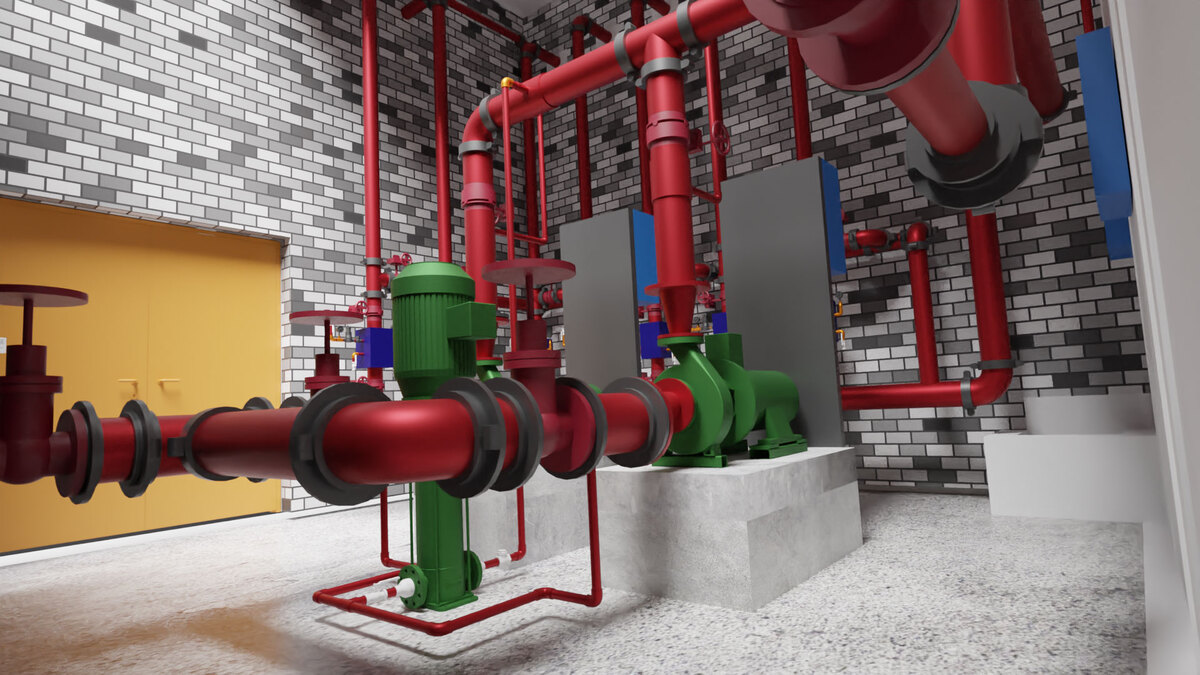

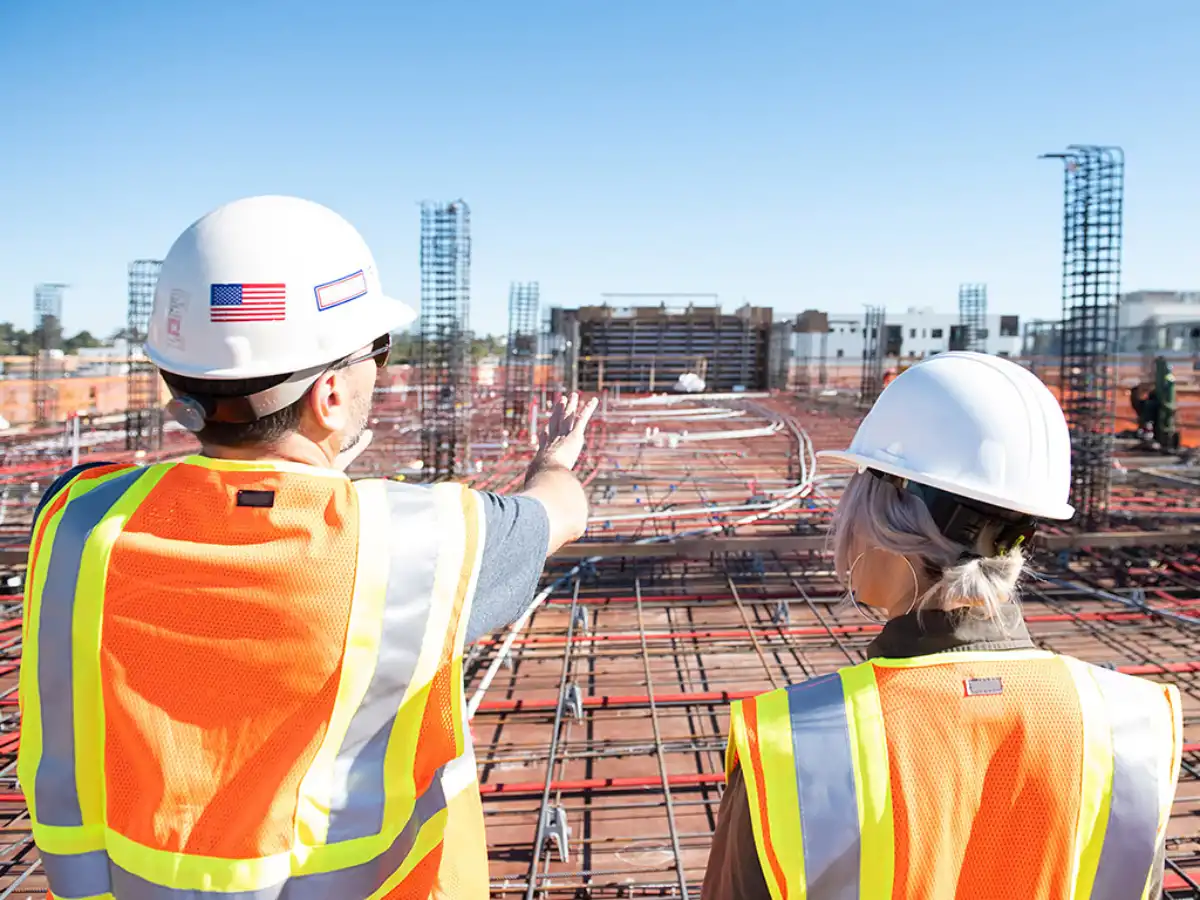
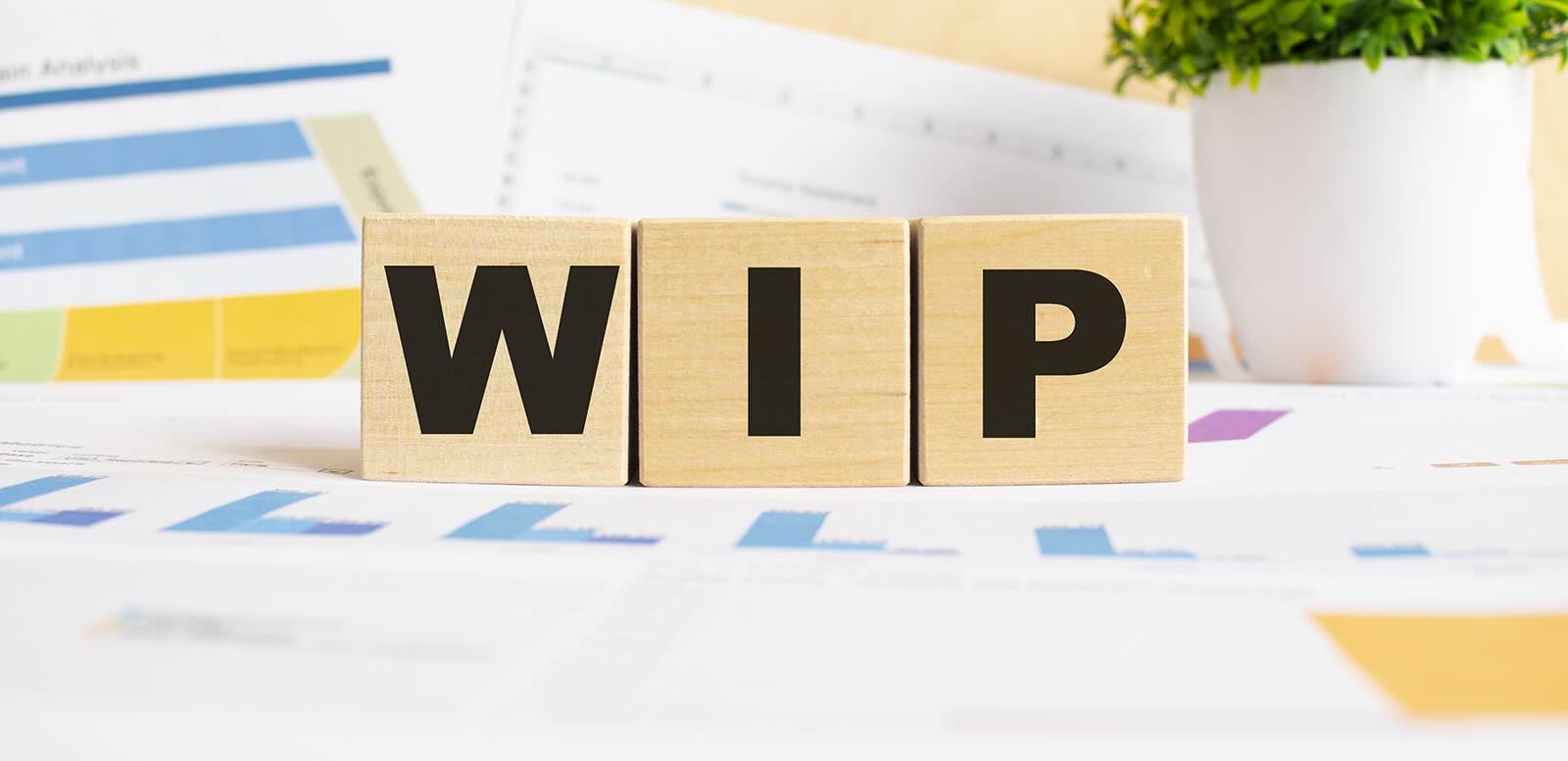

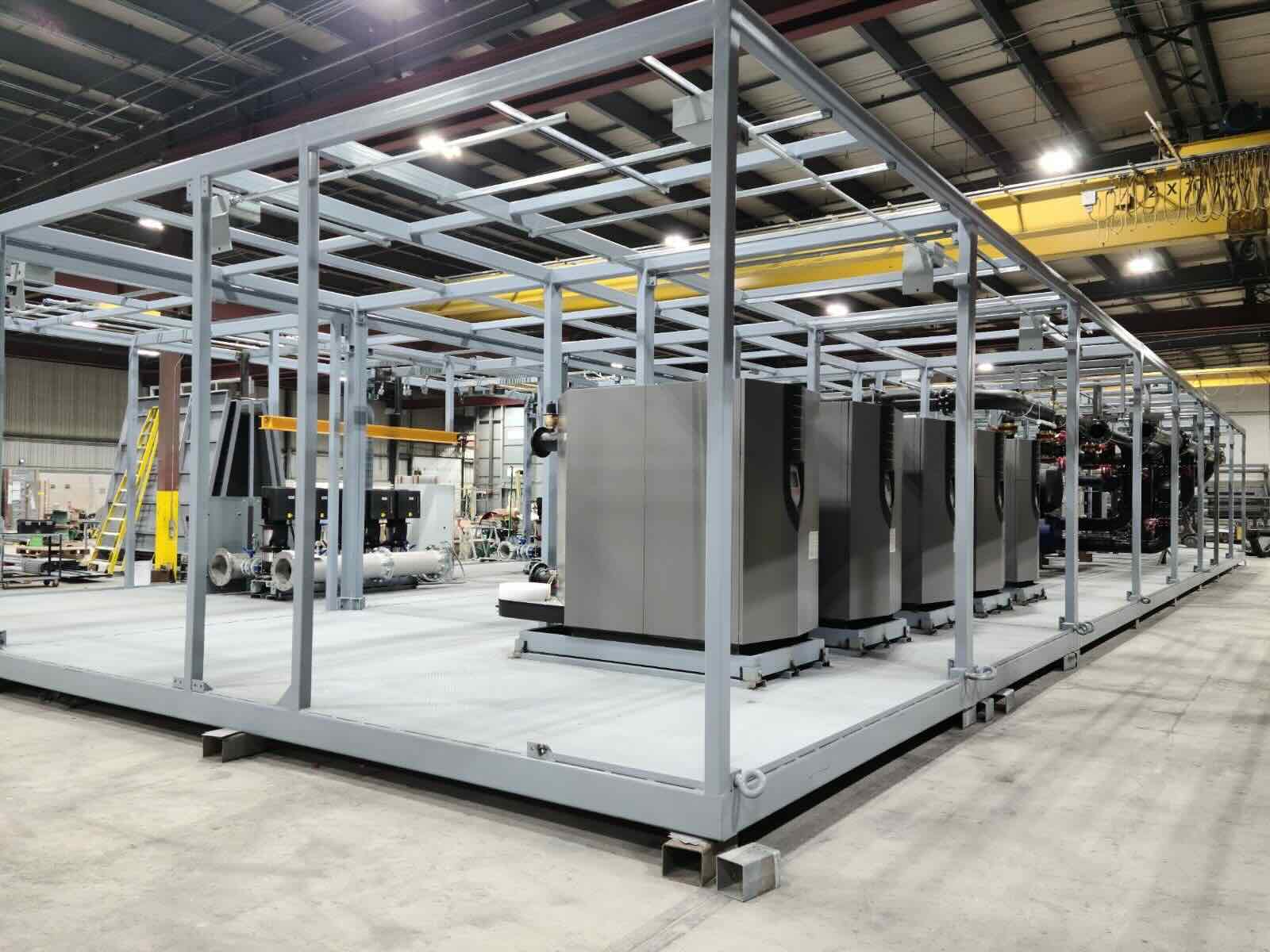
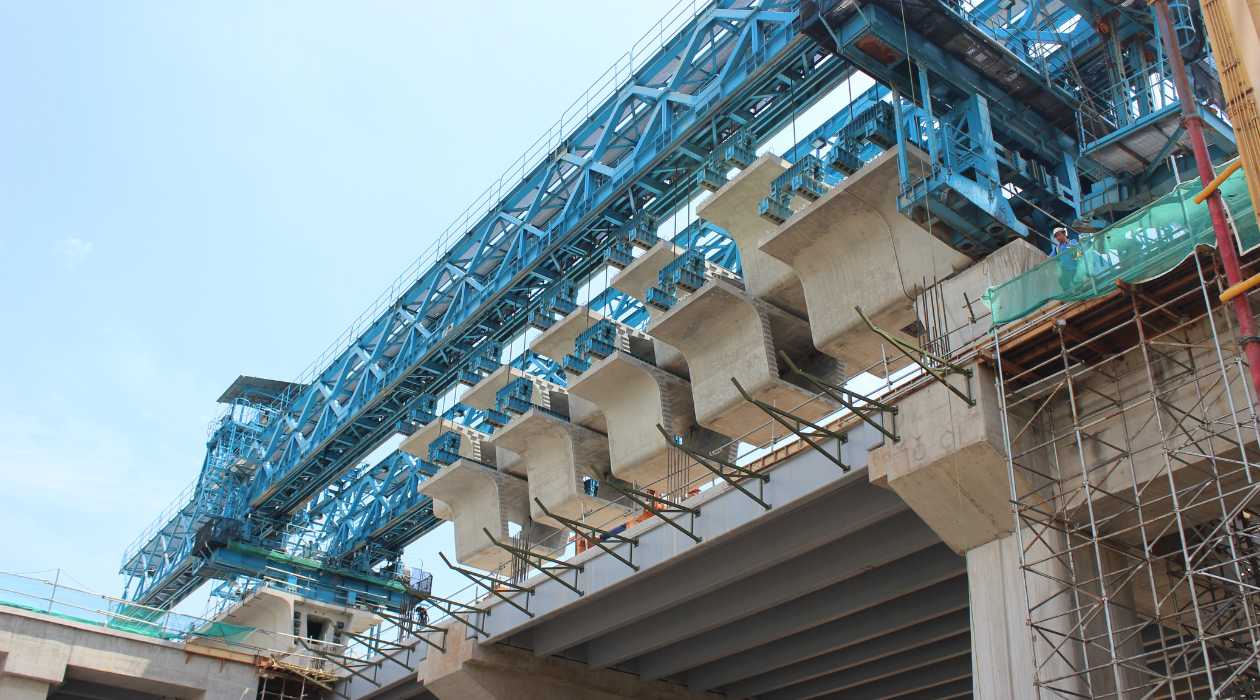
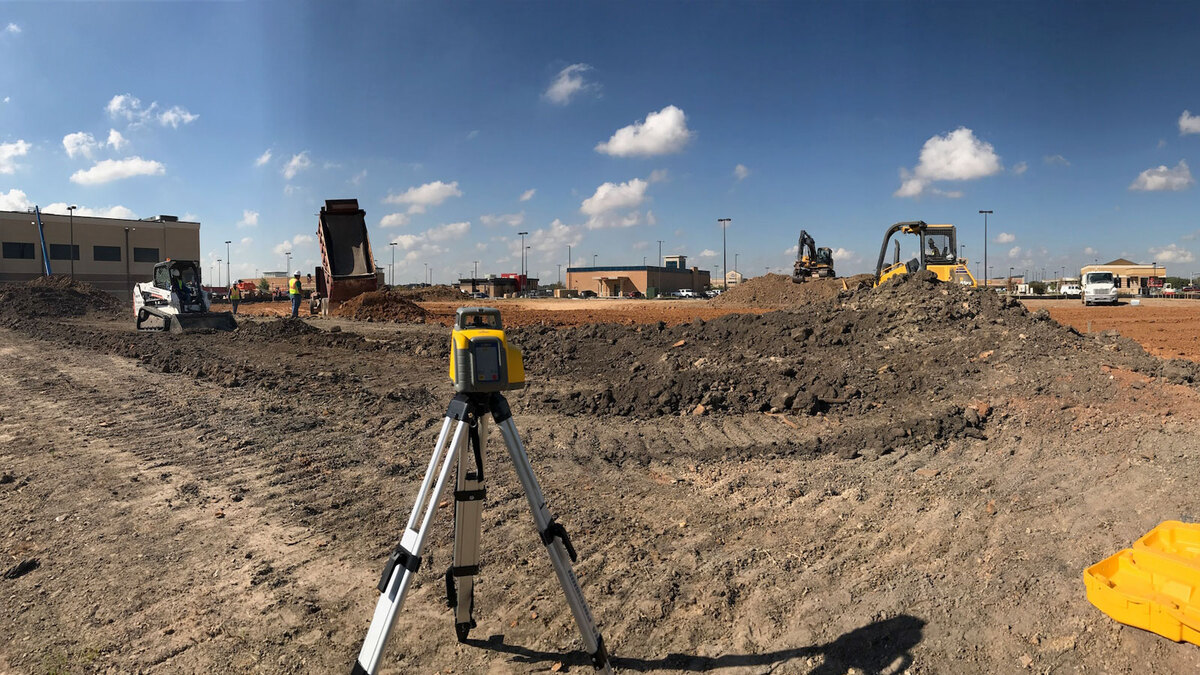


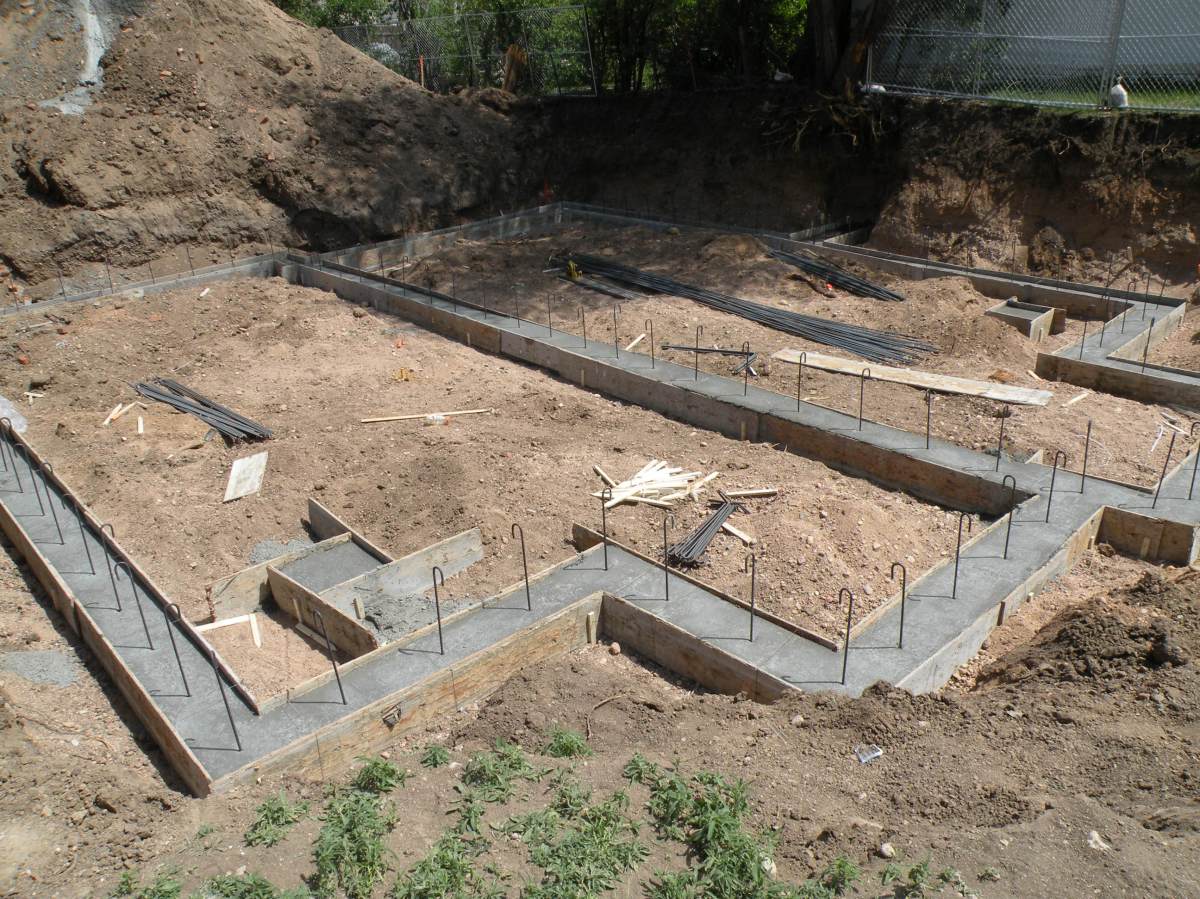

0 thoughts on “What Are Submittals In Construction”